Of cantles and angles - again...
We are no longer building saddle trees, but we have two videos about how Western saddles fit horses available on our westernsaddlefit.com website.
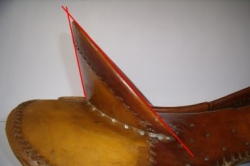 |
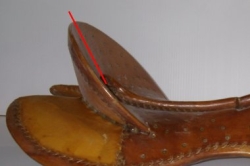 |
On our Cantles Conundrums page, we talk about the three different slopes you see on a cantle: The slope of the edge of the rim (which we term the cantle angle), the slope of the back of the cantle and the slope of the face of the cantle. About half way down the page we talk about how the slope of the face of the cantle is affected by dish, the cantle angle, and the height of the cantle. Here's an example of how this works out in real life...
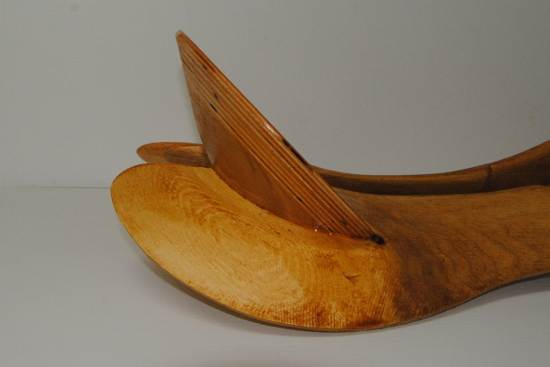
We have a couple trees that will be ready to ship out next week for one customer. Whille the forks are similar, the cantles are different. Both are Taylor cantles. Here is a side shot of the 4" high cantle at 37.5 degrees, which is our middle of the road cantle angle. Please remember that the 37.5 degree designation is more a name than a measurement. It comes from an angle on the jig we use to cut the bottom of the cantle. It cannot be measured on a finished cantle even before attaching it to the bars. It has nothing to do with a measurement from the table. So just think of it as our "medium angle".
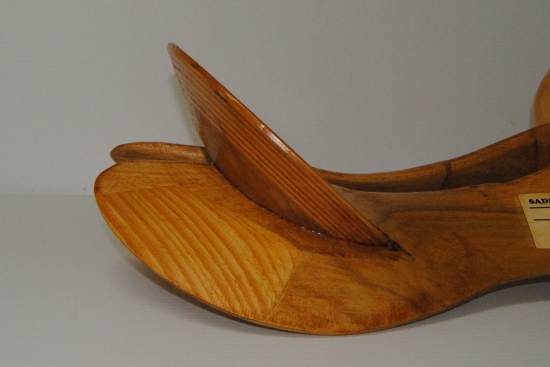
Here is a side shot of the 3 1/2" tall cantle at 32.5 degrees. So 1/2" shorter and at our "really laid back" angle that we just started to build this past year.
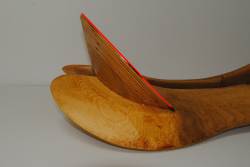 |
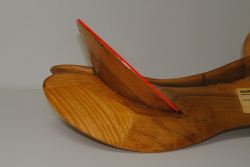 |
So side by side, you can see the difference in the "cantle angle" - the angle of the rim of the cantle compared to the bars.
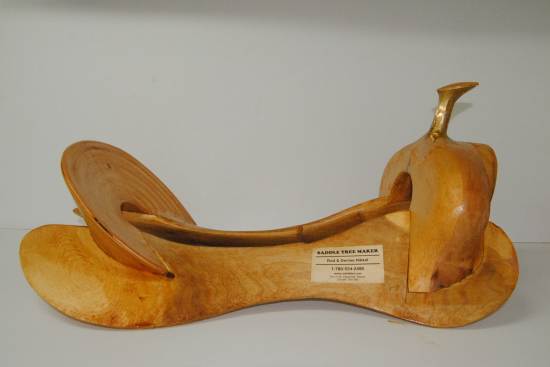
But take a look a the slope of the face of the cantle on the 4 by 37.5 degree cantle. It has an inch of dish in it and is 12 1/2" wide.
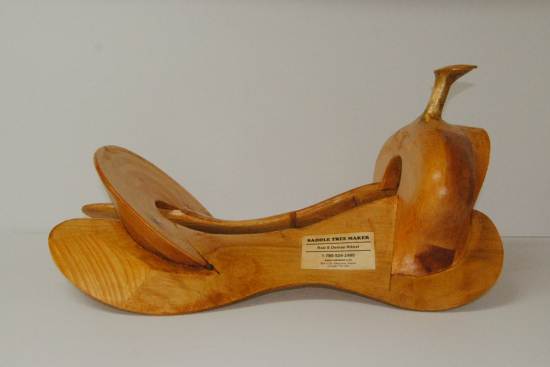
And here is the slope of the face of the cantle on the 3 1/2 by 32.5 degree cantle. The customer wanted this cantle to be really laid back and only wanted 1/2" of dish in it. When finished, it looked like there was hardly any dish in it at all, but it really does have 1/2" of dish out of it. This cantle is only 12" wide as well.
So, comparing the two... Since they are both Taylor cantles, that removes one variable. How do the other variables change the slope when going from the 4", 37.5 degree cantle with 1" dish to the 3 1/2" tall, 32.5 degree cantle with 1/2" dish? Dropping the height will make the slope steeper. Laying back the cantle angle will make the slope more laid back. And taking out less dish also makes the slope of the face of the cantle more laid back. So when changing from the 4" to the 3 1/2" cantle, one of the factors wants to stand up the face of the cantle more and two of the factors want to lay it back more.
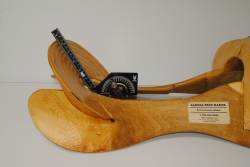 |
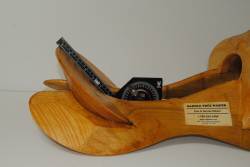 |
And this is what it looks like when "measured". Again, this is one of those "please don't do this at home" tricks. You cannot compare between makers this way. Any change in depth of the bars front to back, shape of the bars, how the cantles are made to connect to the bars, etc. etc. etc. will affect this "measurement" from the table. We don't even do this with rawhided trees as the rawhide can affect how it "measures". But on our trees, with our bars, because we know all the angles and things about how we make them, this is one of the measurements we take simply because it can be helpful as a comparison. The actual numbers don't mean anything. Is this enough of a disclaimer???
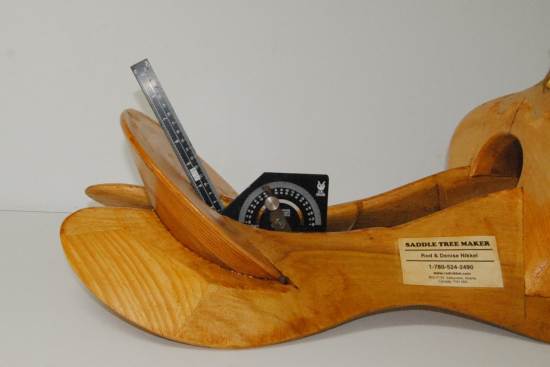
And this picture shows the final "comparison". This is the 3 1/2" tall cantle with the protractor set at the "measurement" we took off the 4" tall cantle. Obviously, is cantle is a lot more laid back than the other one.
This slope is obviously really important to how much time and work it takes the saddle maker to get his ground seat the way he wants it. We just wanted to show you again how different things combine to affect it in hopes that it will help you when you are thinking about the specs you are going to order.
